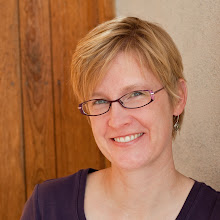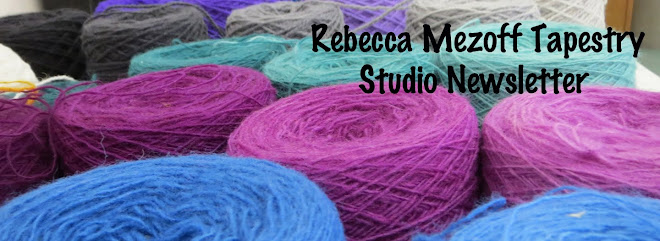Here is a little photo montage of life in rural northern New Mexico. My question as I look at the photos I take near my home and consider new possibilities in my life is how much environment shapes the art I make. Could I do the same work that I do if I lived in, say, Australia? What about England? I think the work would be different, but I couldn't possibly anticipate in what ways. I think the big sky of the southwestern United States has a big influence on my thinking and vision in terms of making art, but I have no way of testing that (besides moving to New England or to Germany or perhaps the Himalaya... just kidding on that last one--mostly anyway)...
Here is a collection of signs I see on a regular basis in my travels around northern NM and southern Colorado.
This one has survived since the last election--in Cebolla, NM.
In Espanola, as in other parts of the country, "cokes" can mean many kinds of soda... Unfortunately I just missed getting the passing low rider in the shot.
This one is certainly a comment on the continuing land grant disagreements in this part of the state. This sign is near Tierra Amarilla in Rio Arriba county.
This one was actually in the San Luis Valley last fall where you might not be able to get a beer, but you can certainly find a potato!
In Chama, NM-- the rental seems to be missing...
What would New Mexico be without the trail signs? The Continental Divide Trail runs from the Mexican border to Canada through New Mexico, Colorado, Wyoming, Idaho, and Montana. This sign is between Ghost Ranch and Tierra Amarilla.
I love this sign-- and it could only have been created by a West Rim Drive resident, Carson, NM (near Taos)... I like that the word EVOLVE has the word love in it twice when written this way.
And then there are the myriad of cultural influences in NM...
This teepee was across the street from my school housing for most of the year... and regularly used for ceremonies I can attest by the frequent drumming late into the evenings.
The typical lunch selection in small town NM...
This one is from Gallup and every time I see it I think maybe they forgot a "C"... I guess that would be a different kind of business though!
And some special Durango culture, captured by my partner with an iPhone from the passenger seat...
And on the way home today from southern Colorado I ran into several fairly routine obstacles.
A train to wait for...
A herd of cows and their wranglers (the herding dogs were riding in the back of the four-wheeler to the left of the white horse--this is a busy highway, speed limit here was 65 mph--and we have to keep those dogs safe!)...
15 miles later, the requisite farm equipment...
And a northern NM resident doesn't think twice about a washboarded gravel road without guard rails and at least a 12% grade like this being part of a regular commute... heck, the canyon is beautiful!
The land of enchantment.

























































